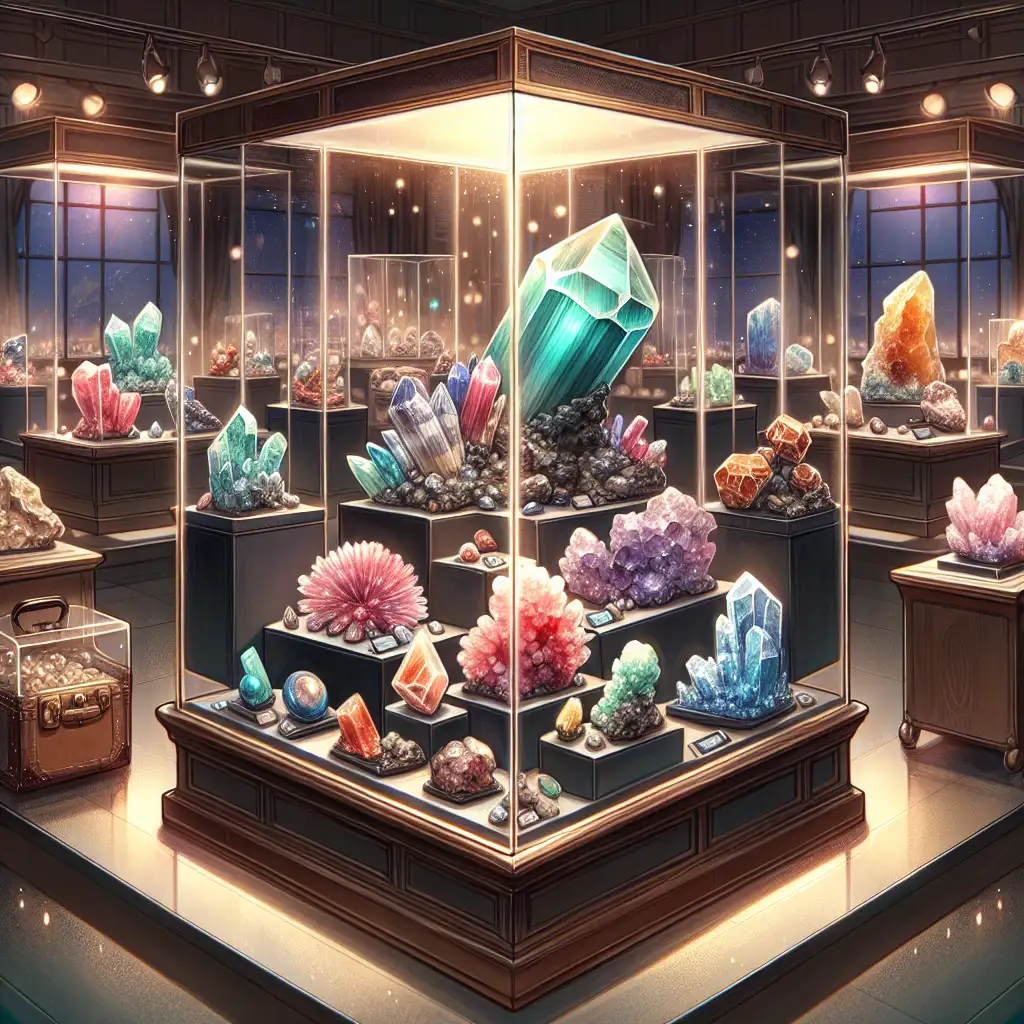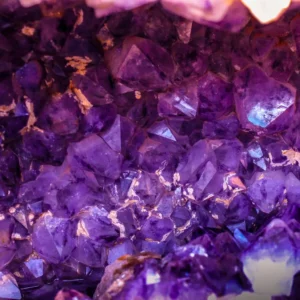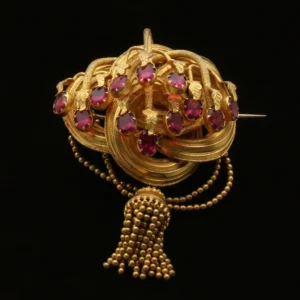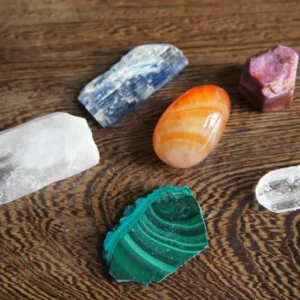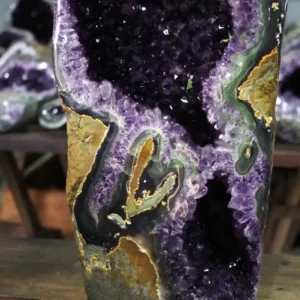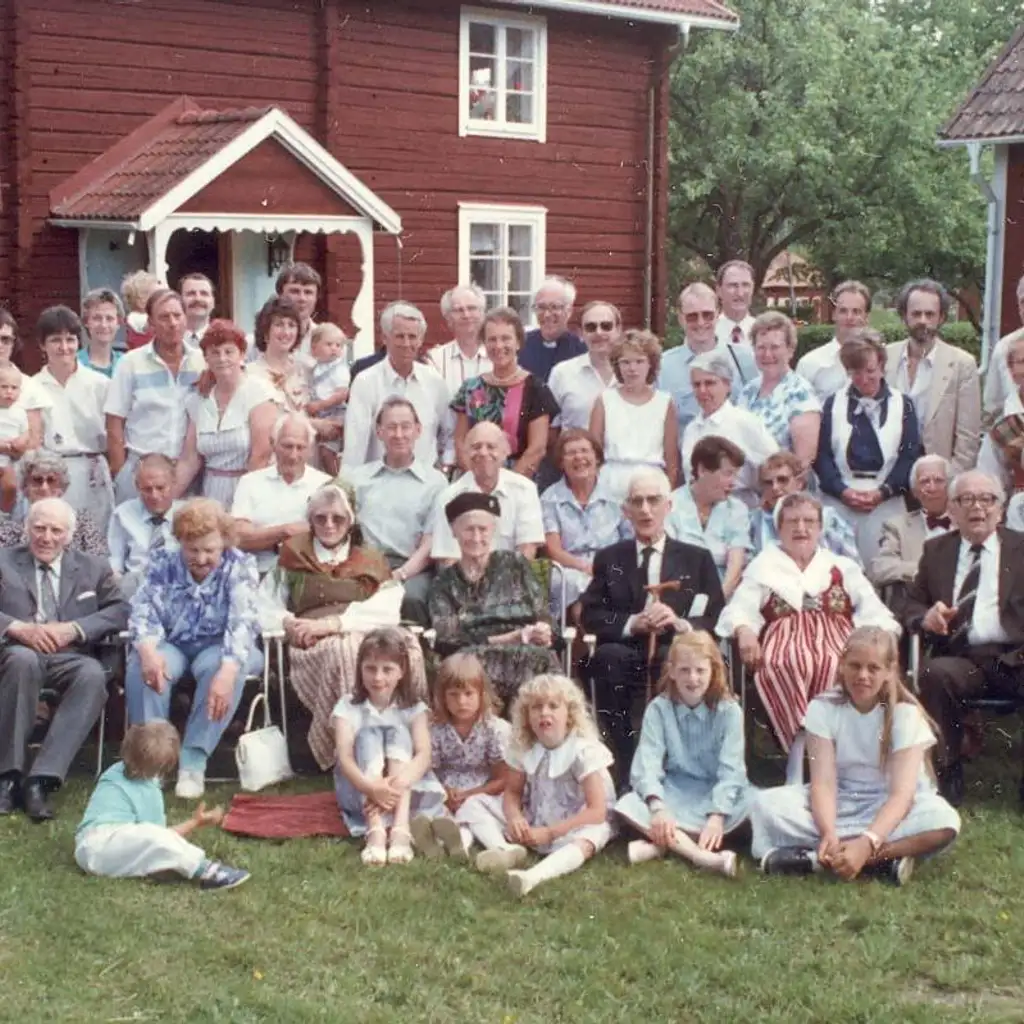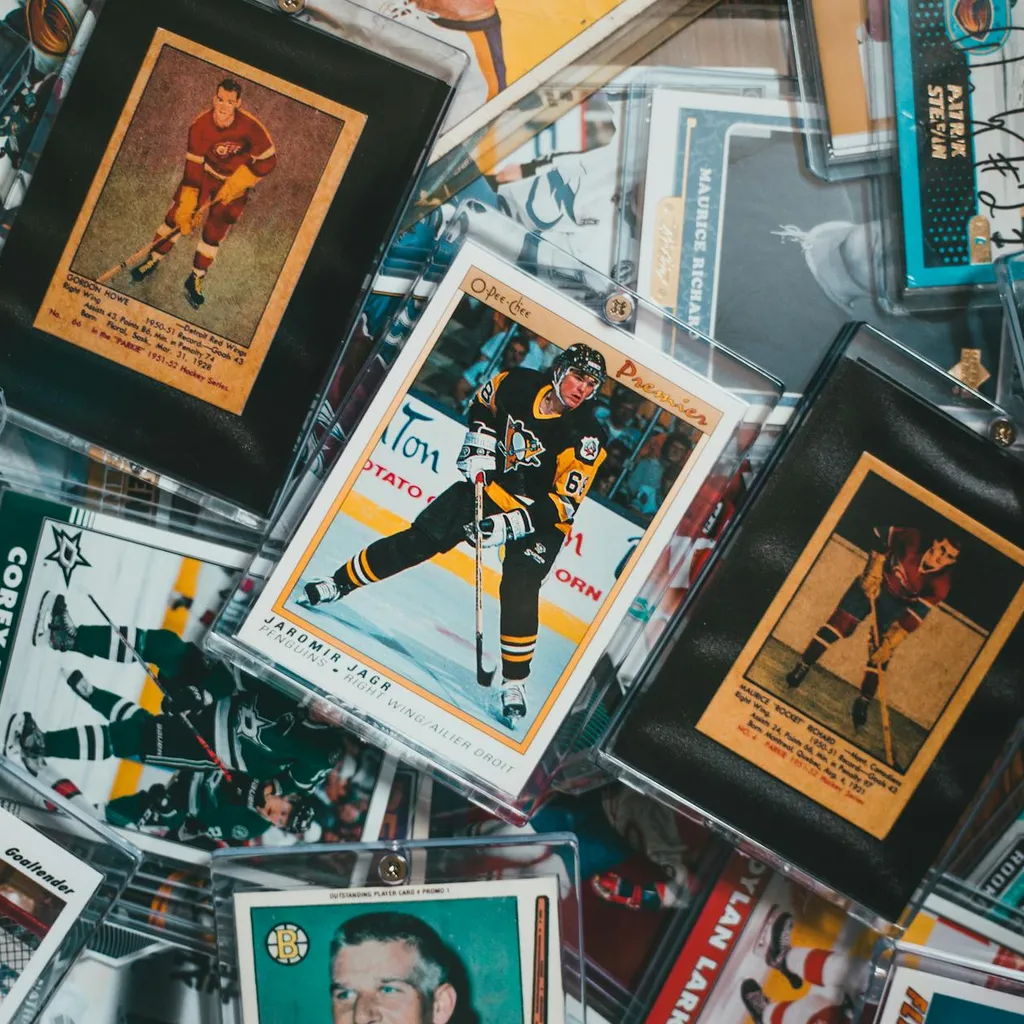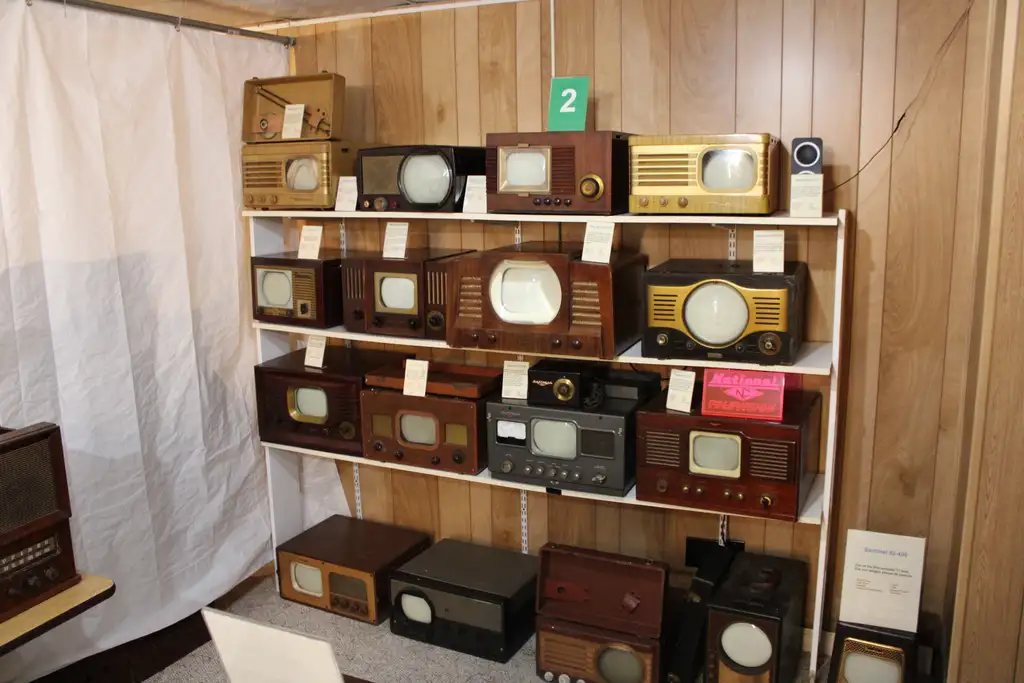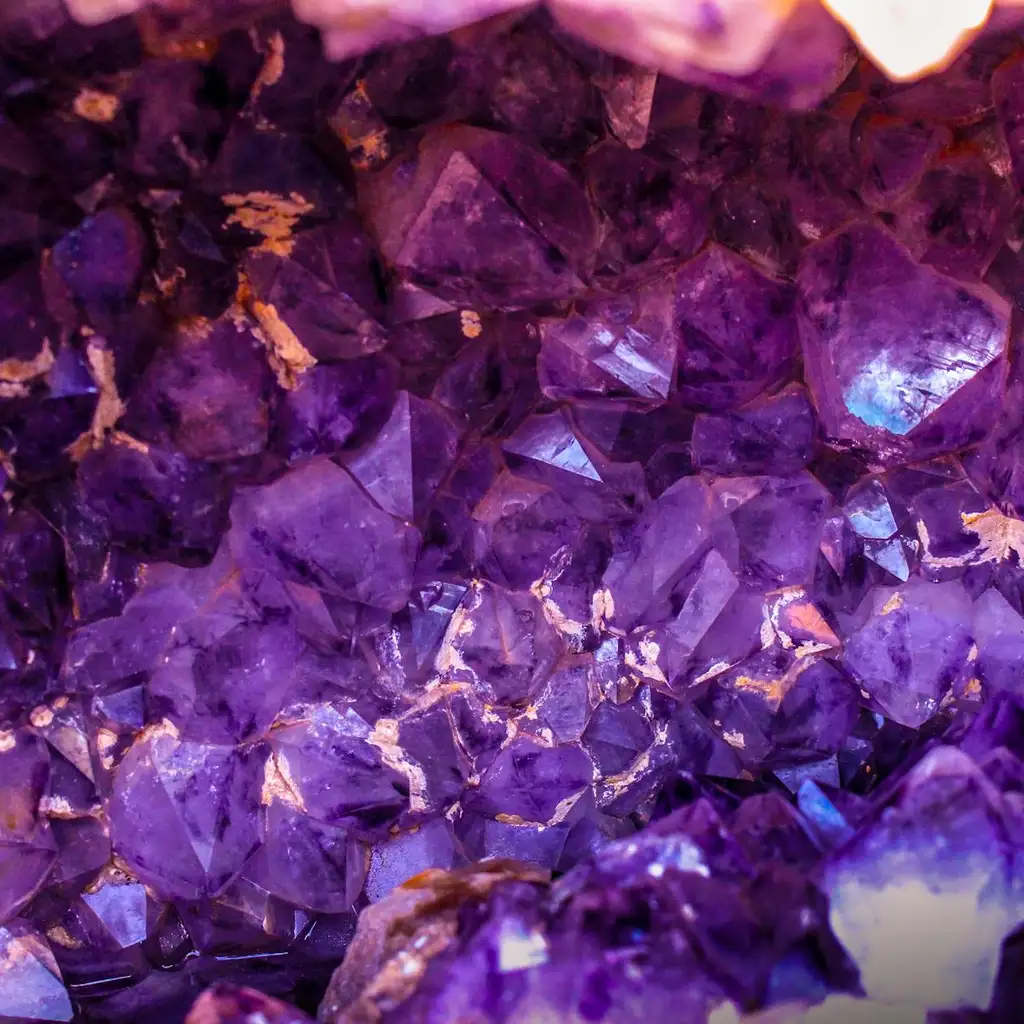Richard Berger is a rare collector for minerals and fossils and has formed one of the awe-inspiring private collections in the world. His collection, which he is proud to call “Masterpieces of the Earth,” has just over 100 massive specimens that include an amethyst geode the size of a small car, a 700-pound pyrite cluster, and a quartz crystal weighing about 3.5 tons. It is housed currently in a dim warehouse near Seattle. Yet, the only thing that Berger desires from this collection is a museum where the public can appreciate these natural wonders.
A Journey from Curiosity to Collection
But unlike common collectors, Berger’s interest came late. This was because he was born and raised in the Bronx and did not touch his first crystal until well into his twenties, when a sign outside a rock shop in Wyoming led him to a tiny quartz crystal, leaving him dazed and wild. Leaving behind a career in medicine, Berger started to pursue rare geological treasures for his lifetime. Decades later, his collection included beautiful specimens worldwide-each one selected for its exceptional size, beauty, or purity as an example.
Though unlike most collectors, Berger’s fascination with minerals began quite late. While in the Bronx, he had never come across a first crystal until in his early twenties when he saw a little rock shop sign in Wyoming. This led him to where he found a tiny quartz crystal, which really knocked him out. He left it behind in a career in medicine and dedicated himself to lifelong pursuit of the rarest geological treasures imaginable. Several decades later, his collection boasted beautiful specimens from virtually around the world-every one selected for its exceptional size, beauty, or purity.
A Call for Local Legacy
Berger hopes to continue keeping his collection within the Seattle area and create a museum so that it can be shared with future generations. “Every time I think about it leaving the country, my heart sinks,” he said, noting international inquiries, particularly from buyers in China. While the city has billionaire-funded museums in Paul Allen’s EMP Museum and Charles Simonyi’s space gallery at the Museum of Flight, it has no public venue for minerals of this stature. Berger envisions a quiet place for the collection, with artful illumination, natural greenery, and seating arrangements for contemplation.
The Challenges of Finding the Right Buyer
As Elizabeth Nesbitt, geology curator at the Burke Museum of Natural History and Culture at the University of Washington, points out, selling mineral collections is no easy task. Most museums are limited by tight budgets and depend on donations to acquire such pieces. The world of minerals has grown to include laypeople more than specialists. For example, Yale’s Peabody Museum has recently expanded its mineral collection with a $4 million donation from an alumnus.
Berger’s collection would be considered in the multiple millions and quite out of reach for most institutions. However, if an established donor were to emerge, Seattle’s Burke Museum would willingly consider accommodating the collection in its newly constructed facility.
Treasures from Around the Globe
Drawn from around the globe, including, for instance, a wall-sized fossil tableau from Wyoming; enormous ammonites from the Chihuahuan Desert of Mexico; quartz crystals from Namibia; massive geode from Brazil; and much, much more. Some specimens-so bizarre, it looks almost sculpted, such as the “Fontainebleau concretions” from France. It is, as Berger said, “This is like the U.N. of the planet itself,” referring to the international origins and geological diversity of his collection.
A Vision for the Future
Berger hopes that a future custodian will leave the collection assembled as a single exhibit for the public to enjoy the wonder and beauty of the natural world. He imagines a space where people may share peaceful immersion with the artifacts-a place of serene contemplation. “My core desire…was for it to be an experience that tens of thousands of people can enjoy, in a place of peace and beauty,” Berger speaks.
By telling his story, Berger hopes to interest some potential patrons in the Seattle area who might assist in making the dream museum a reality. For now, his collection remains quietly waiting to inspire and delight anyone fortunate enough to see it.
